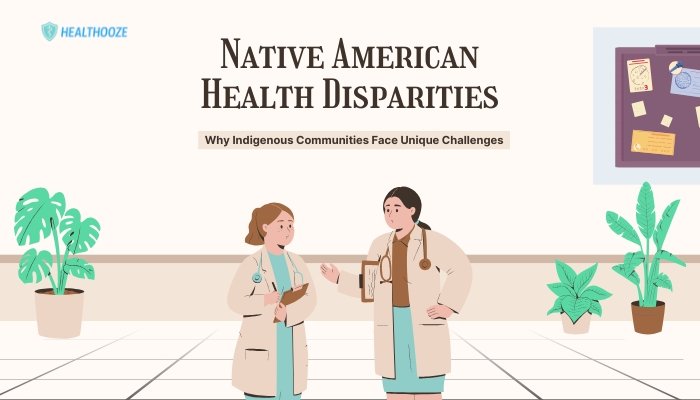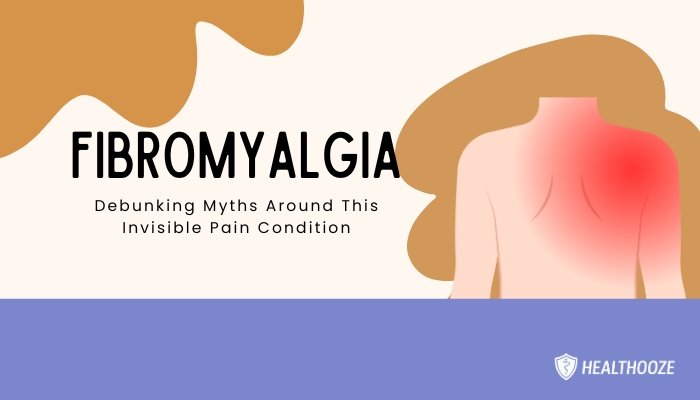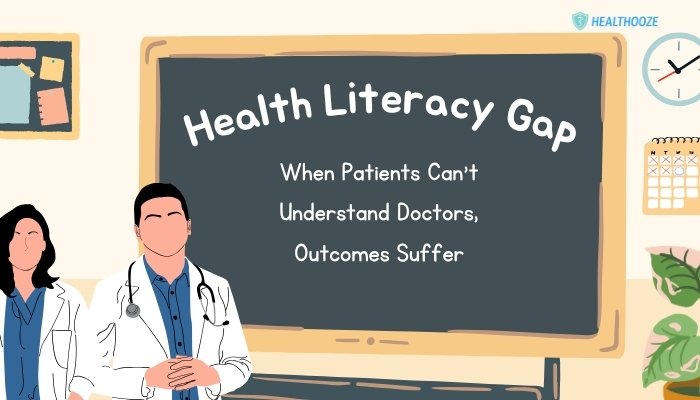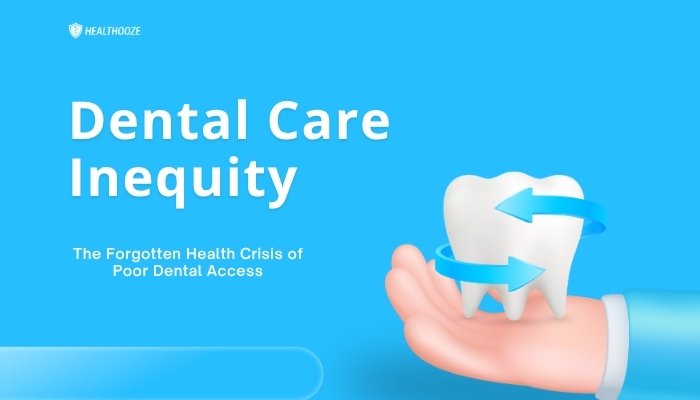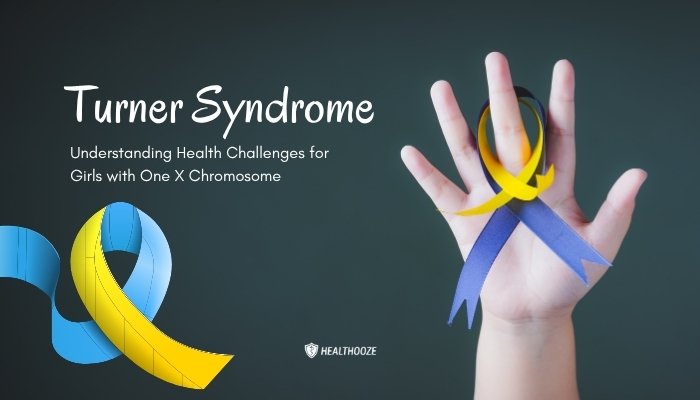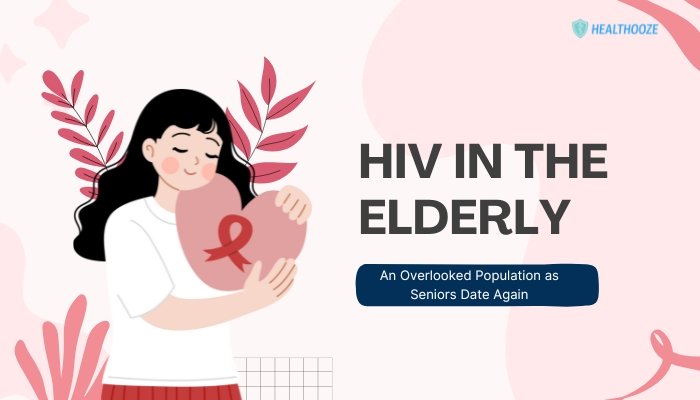Introduction
Trigeminal neuralgia is often called the “suicide disease” due to the piercing, shock-like facial pain it inflicts, which can push sufferers to emotional extremes.
Unlike standard headaches or mild nerve twinges, trigeminal neuralgia attacks deliver abrupt waves of agony across the cheeks, jaw, or around the eye—sometimes lasting only seconds but recurring frequently.
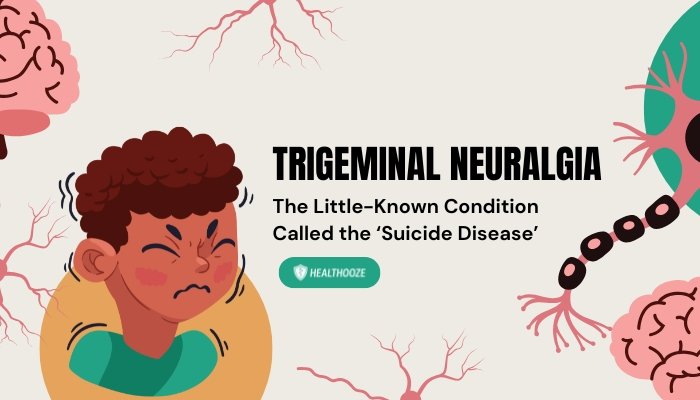
This article explores what trigeminal neuralgia is, why it’s so debilitating, and how people find some reprieve with advanced treatments and proper support.
Understanding Trigeminal Neuralgia
The Trigeminal Nerve’s Role
The trigeminal nerve (cranial nerve V) carries sensations from the face to the brain. Divided into three branches—ophthalmic, maxillary, and mandibular—it enables you to feel warmth, cold, or gentle touch on different facial regions. In trigeminal neuralgia, something irritates or compresses one of these nerve branches, sparking sudden, intense electrical or stabbing pain.
Common Causes
- Blood Vessel Compression: A tiny artery or vein might press on the nerve near the brainstem, wearing away the protective nerve covering (myelin).
- Multiple Sclerosis (MS): Demyelination in central nervous system can also cause trigeminal nerve malfunction.
- Tumors or Lesions: Rarely, abnormal growths can irritate the nerve.
- Idiopathic Cases: Sometimes no clear structural cause is found, yet the nerve remains hyperactive.
Who Is Affected?
Trigeminal neuralgia typically appears after age 50, though younger individuals can be affected—especially those with MS. Slightly more women than men experience it, though reasons behind this gender difference remain unclear.
Why It’s Called the “Suicide Disease”
Severe, Disruptive Pain
Trigeminal neuralgia pain is widely deemed one of the worst pains known, commonly described as stabbing or electric shock-like. Attacks may last seconds or minutes, but can strike repeatedly, triggered by simple actions like talking, chewing, or even a light breeze on the face.
Emotional Strain
The unpredictability and intensity of the pain can leave sufferers fearful of daily tasks. Anxiety, depression, or hopelessness might develop if the condition remains untreated, hence the term “suicide disease.” Prolonged suffering or multiple unsuccessful treatments can push some to consider desperate measures.
Social Isolation
Avoiding triggers (like speaking or going outdoors on a windy day) can hamper personal relationships and everyday life. Over time, many isolate themselves, compounding the psychological burden.
Signs, Symptoms, and Diagnosis
Core Indicators
- Facial Pain: Sharp, shooting or electric-shock sensations commonly on one side of the face.
- Short Attacks: Episodes often last only seconds to minutes but recur in quick succession.
- Triggers: Touching the face, brushing teeth, eating, or even exposure to cold air can provoke an attack.
Diagnostic Path
A neurologist or pain specialist typically listens for the hallmark description of paroxysmal pain. Imaging (like MRI) can reveal nerve compression by a blood vessel or identify other possible causes (tumors, MS lesions). Confirming the diagnosis can be challenging if pain patterns overlap with other facial pain syndromes.
Treatment Approaches
Medications
- Anticonvulsants (e.g., Carbamazepine): First-line therapy that stabilizes nerve membranes, reducing abrupt firing of pain signals.
- Other Agents: Oxcarbazepine, gabapentin, or muscle relaxants may help if carbamazepine alone is insufficient or not tolerated.
- Side Effects: Drowsiness, dizziness, and potential medication tolerance are concerns that require ongoing management.
Surgical and Interventional Options
- Microvascular Decompression (MVD): A surgeon repositions or places a cushion between the trigeminal nerve and compressing blood vessel. Often yields long-term relief.
- Rhizotomy: Various methods (radiofrequency, balloon compression, glycerol injection) deliberately damage nerve fibers to reduce pain transmission, though sensation loss in the face may occur.
- Gamma Knife Radiosurgery: Focused radiation on the nerve root to disrupt pain pathways.
Complementary Techniques
- Lifestyle Adjustments: Avoiding known triggers, ensuring adequate rest, or easing stress can moderate attacks.
- Physical Therapy: Targeted facial exercises or relaxation methods occasionally help, though evidence is mixed.
- Mental Health Support: Psychotherapy or counseling offers coping strategies, especially if pain significantly restricts one’s life.
Coping and Living with Trigeminal Neuralgia
Emotional Resilience
Finding an empathic support system—through in-person groups or online forums—helps individuals realize they are not alone. Sharing experiences of breakthroughs or medication changes fosters hope.
Communication with Healthcare Providers
- Regular Follow-Ups: Treatment for trigeminal neuralgia may need adjustments over time, requiring open dialogue about medication effects or new pain patterns.
- Trial and Error: Since each person’s nerve anatomy and triggers differ, combining therapies or switching drugs might be essential for relief.
Long-Term Outlook
While some experience remission periods, others manage trigeminal neuralgia as a chronic condition. For severe intractable cases, advanced surgeries or repeated procedures can keep intense pain at bay. Innovations in neuromodulation or nerve-block technology promise a future where more consistent relief is attainable.
Conclusion
Trigeminal neuralgia, dubbed the “suicide disease,” is far more than facial pain—it’s a relentless neurological torment that can crush day-to-day living. Fortunately, expanding medical knowledge and advanced treatments—from specialized anticonvulsants to microvascular decompression—offer genuine relief for many. Persistent efforts to diagnose early, tailor therapies, and address emotional support channels empower individuals to reclaim a measure of control and quality of life. By shining a spotlight on this uniquely devastating pain disorder, we move closer to ensuring that those who suffer are not left feeling desperate or alone, but rather informed and supported in their journey to pain management and potential recovery.
References
- Headache Classification Committee of the International Headache Society (IHS). The International Classification of Headache Disorders, 3rd ed.
- Maarbjerg S, Di Stefano G, Bendtsen L, Cruccu G. Trigeminal neuralgia—diagnosis and treatment. Cephalalgia. 2017.
- Finnerup NB, et al. Neuropathic pain: from mechanisms to treatment. Physiol Rev. 2021.

